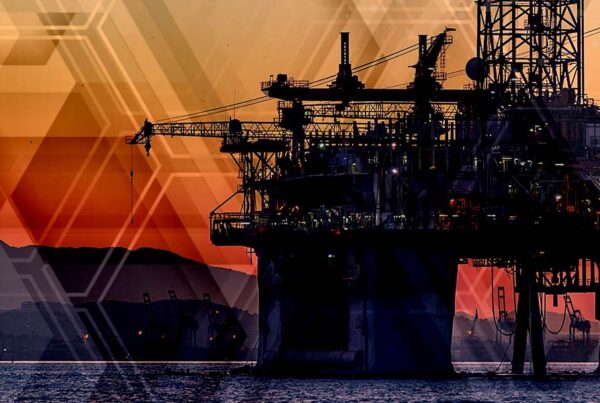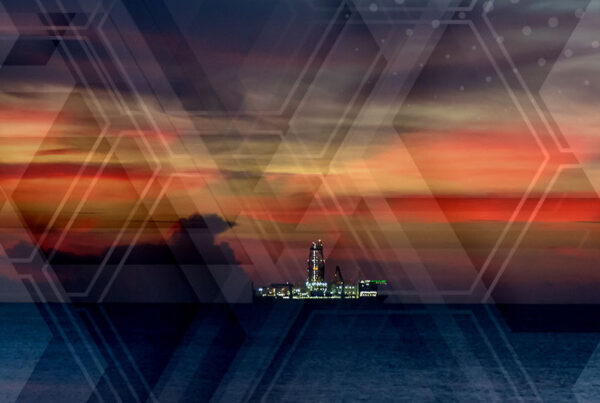JANUARY 2025
In December last year, the hydrogen market continued to decelerate as major players scaled back investments, faced development hurdles, or cancelled projects. The final quarter of 2024 closed with limited progress, although a slight positive shift emerged just before the holiday season with further funding announcements and key milestones reached by European renewable hydrogen projects. This slightly briefer edition of Hydrogen Compass sets the stage for our upcoming Westwood Insight, which outlines the key themes we believe will shape Europe’s hydrogen industry in 2025.
The next edition of Hydrogen Compass will be published in February. In the meantime, if you have any comments or feedback, please do reach out to Jun Sasamura (jsasamura@westwoodenergy.com).
Continued deceleration for European hydrogen
In Germany, political instability brought a key part of the country’s hydrogen market development to a standstill. The collapse of the government coalition forced Energy and Climate Minister Robert Habeck to abandon the Power Plant Security Act in mid-December. This initiative, which aimed to develop 12.5GW of hydrogen-ready power plants and 500MW of long-term storage capacity, was halted after the opposition Christian Democrats (CDU) indicated they would not support it following the withdrawal of the neo-liberal Free Democrats (FDP) from the coalition government.
The Netherlands also encountered setbacks, in this case to the development timeline of its hydrogen pipeline network. Gasunie, the Dutch gas network operator, announced in December that the completion of its network has been delayed by three years to 2033. The delay has been attributed to a stringent permitting process and the requirement for more extensive public consultations under the Dutch Environment and Planning Act which came into force in January 2024. Infrastructure development, a key enabler of the hydrogen market, has faced challenges more generally, with market and regulatory uncertainty, and high hydrogen prices deterring investment from both producers and offtakers. However, according to Gasunie, the Rotterdam section of the network remains on track for a 2026 completion, with efforts to improve on the 2033 timeline by seeking government support to expedite the permitting process.
UK-based technology firm Johnson Matthey faced scrutiny from its largest shareholder, Standard Investments, which called for a strategic review of its hydrogen business in an open letter written in December. Standard Investments urged the company to limit further hydrogen investments until a clear path to profitability is determined, even suggesting a partial or complete sale of the company. This pressure follows Johnson Matthey’s May 2024 decision to delay start-up of its catalyst-coated membrane factory in Royston, England. The call for reduced investment reflects a broader trend among European technology providers, where downsizing hydrogen investment has become necessary to align with the market’s slow growth.
A positive shift to close out 2024?
As 2024 drew to a close, a series of funding announcements across Europe signalled a positive swing for hydrogen. The EU launched its €2bn European Hydrogen Bank second auction, while Denmark secured approval for a €1.7bn subsidy auction to support e-methane and renewable biogas production. The initiative will provide a green premium to developers meeting RFNBO regulations, with 20-year supply contracts available to its winners.
Germany and the Netherlands also made significant commitments under the H2Global double auction scheme, pledging €2.7bn and €300mn, respectively. The programme aims to enhance supply chain resilience and flexibility through global and regional auctions for hydrogen and derivative production projects. Finalised timelines, eligibility criteria, and the applications process should be published in the first half of this year.
France also launched its first clean hydrogen tender under a Contracts for Difference (CfD) scheme, offering up to €4/kg of renewable hydrogen for industrial use over 15 years. The tender targets electrolytic projects between 5MW and 100MW, with a cumulative cap of 200MW, and will close applications on 14 March 2025. Up to 12 projects will be selected, with projects targeting hydrogen for heating, natural gas networks, electricity, or transport excluded from consideration. While subsidy specifics remain unclear, the initiative is part of a planned €4bn programme to support 1GW of renewable or nuclear hydrogen.
In the UK, signing of the first three CfDs under the Hydrogen Production Business Model marked a much-needed milestone for the sector. After more than a year of delays and uncertainty, the news brought some relief to the UK hydrogen industry, signalling that the first of the 11 projects offered contracts under the Hydrogen Allocation Round (HAR) 1 could proceed. While the remaining projects are expected to sign final contracts early this year, the initial projects include H2 Energy and Trafigura’s West Wales projects, Scottish Power and Storegga’s Cromarty Hydrogen project, and Scottish Power’s Whitelee Green Hydrogen project.
HAR 2, which opened in January 2024, has also garnered significant interest with 87 applications totalling more than 2.8GW of potential projects – far greater than the planned 875MW of projects this round is expected to support. While this progress is a critical step forward, uncertainty remains. The true test for 2025 will be whether hurdles faced by project developers in the challenging HAR process are addressed in time for subsequent rounds, or whether the industry’s momentum will again be stifled. There is hope, but significant work remains to ensure these early wins translate to sustained growth.
Key European Project Watch
Key project announcements and developments in December
| Project | Update |
| Zeevonk 2 Hydrogen Project | The Zeevonk joint venture, formed by Vattenfall and Copenhagen Infrastructure Partners (CIP), has secured rights to develop the 2GW Ijmuiden Ver Beta offshore wind project in the Netherlands. This energy park will integrate wind, solar and electrolytic hydrogen production, featuring a 50MW floating offshore solar farm and a 1GW electrolyser at the Maasvlakte section of the Port of Rotterdam to produce hydrogen for the decarbonisation of Dutch industry. Front-end engineering and design for the project is set to begin this year, with a final investment decision (FID) expected in 2026 and commercial operations to begin in 2029. |
| Pembroke Hydrogen | RWE has received full planning approval for its Pembroke Green Hydrogen plant, set to become the country’s first major electrolytic hydrogen facility. Strategically located next to Pembroke Power Station, the 100MWe electrolyser will produce green hydrogen and connect directly to nearby industries, potentially cutting 93,000 tonnes of carbon emissions. The project is expected to be commissioned in 2027 as part of the South Wales Industrial Cluster. |
| Lingen Green Hydrogen | BP has taken the FID to develop its first fully owned large-scale green hydrogen facility, the 100MW Lingen Green Hydrogen plant in Lower Saxony, Germany. The project is scheduled to begin construction in 2025 and come online in 2027, the plant will produce up to 11,000 tonnes of green hydrogen annually. This hydrogen will primarily replace grey hydrogen at BP’s Lingen refinery and serve other industrial customers through Germany’s upcoming 9,040km hydrogen core network. This project is supported by €87.6mn from Germany’s federal government and €37.5mn from the State of Lower Saxony under the IPCEI Hy2Infra programme. Renewable energy for the plant will initially be sourced from an offshore wind power purchase agreement. |
If you have any project updates that you would like to share with Westwood’s Hydrogen team, please contact Jun using the contact details below.
Jun Sasamura, Manager – Hydrogen
jsasamura@westwoodenergy.com
View all issues of Hydrogen Compass here:




